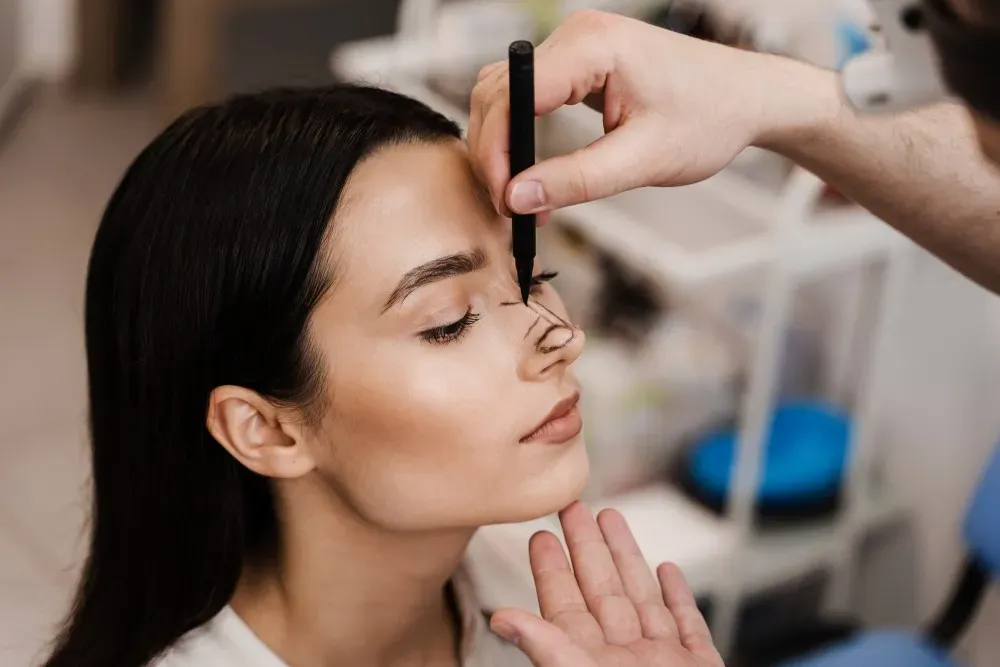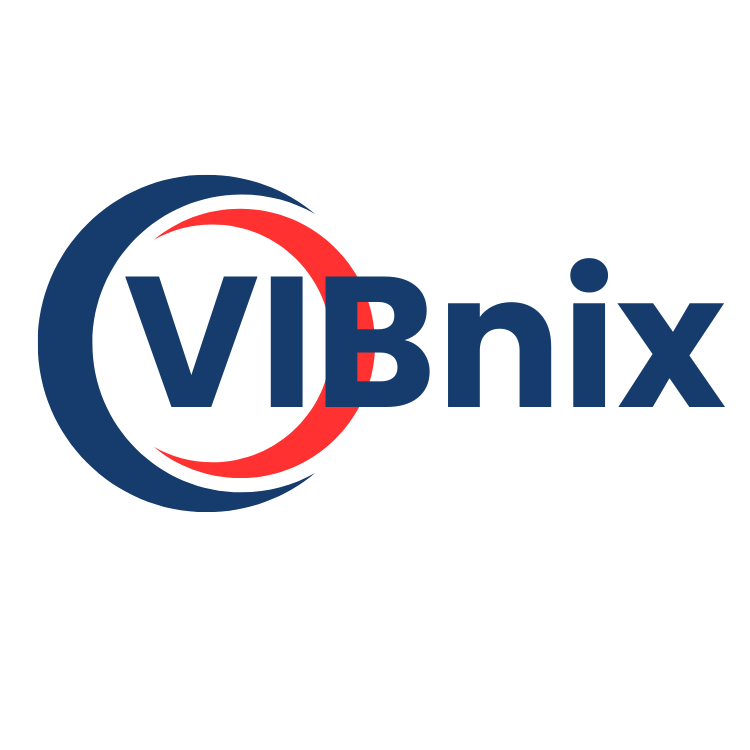How Turbinate Reduction Surgery Los Angeles Experts Perform Minimally Invasive Techniques

Breathing comfortably is something most people take for granted—until nasal blockages make it difficult. Conditions like chronic nasal congestion, allergies, or structural nasal issues often require medical intervention when medications alone don’t provide relief. One of the most effective treatments for these problems is turbinate reduction surgery Los Angeles specialists often recommend, particularly when swollen turbinates interfere with airflow.
Minimally invasive techniques have advanced significantly in recent years, allowing patients to recover more quickly and experience fewer complications. In Los Angeles, experts trained in facial plastic and sinus surgery perform these procedures with precision, combining both function and aesthetics. This article explains how modern turbinate reduction is performed, why it matters, and what patients can expect.
Understanding Turbinates and Their Function
Inside the nasal cavity are structures known as turbinates—long, thin bones covered with soft tissue. They play an essential role in:
-
Humidifying the air you breathe
-
Filtering dust and allergens
-
Regulating airflow
When turbinates become enlarged, due to allergies, infections, or anatomical variations, the result is often chronic congestion. In some cases, medications like nasal sprays or antihistamines may provide temporary relief. However, for patients with persistent obstruction, surgery may be necessary.
Why Minimally Invasive Turbinate Reduction?
Traditional turbinate surgeries sometimes involved aggressive tissue removal, which could cause long-term dryness or crusting. Minimally invasive methods, however, preserve essential tissue while reducing size. Los Angeles surgeons use advanced techniques that balance airway improvement with maintaining natural nasal function.
Compared to older surgical methods, minimally invasive procedures:
-
Shorten recovery time
-
Cause less post-operative discomfort
-
Lower risks of complications
-
Improve breathing while preserving healthy tissue
How Specialists Perform Turbinate Reduction in Los Angeles
1. Diagnostic Evaluation
Before recommending surgery, specialists conduct a comprehensive assessment. This typically includes nasal endoscopy and imaging tests such as CT scans. These evaluations help determine whether enlarged turbinates are the main cause of obstruction or if other conditions, such as a deviated septum or chronic sinusitis, are contributing.
2. Choosing the Right Technique
Surgeons in Los Angeles often select from several minimally invasive methods depending on the patient’s condition:
-
Radiofrequency Ablation (RFA): Uses controlled energy to shrink turbinate tissue.
-
Microdebrider-Assisted Turbinoplasty: Removes excess tissue with precision while preserving mucosal lining.
-
Coblation: Utilizes low-temperature radiofrequency energy for tissue reduction with minimal damage.
-
Submucosal Resection: Targets internal tissue while maintaining the outer surface, reducing the chance of dryness.
Each of these options is tailored to the patient’s needs, ensuring both effective results and long-term comfort.
3. The Procedure
Most turbinate reduction surgeries are performed under local or general anesthesia. Using small instruments and endoscopic guidance, surgeons reduce the size of the turbinates without removing them entirely. This careful approach ensures the nose retains its natural function while resolving chronic blockage.
4. Post-Operative Care
After surgery, patients typically experience mild swelling or stuffiness for a few days. Saline sprays, gentle cleaning, and follow-up visits help ensure proper healing. In most cases, patients return to normal activities within a week.
The Connection Between Turbinate Reduction and Sinus Health
Patients with enlarged turbinates often also struggle with sinus issues. In such cases, endoscopic sinus surgery Beverly Hills experts perform can be combined with turbinate reduction. This integrated approach clears blocked sinus pathways while addressing nasal airflow obstruction.
Combining both treatments is especially beneficial for individuals with chronic sinusitis who have not responded well to medications. Endoscopic surgery ensures better drainage and reduced infection risk, while turbinate reduction restores unobstructed breathing.
Benefits Patients Experience
Patients who undergo minimally invasive turbinate reduction commonly report:
-
Clearer breathing both during the day and at night
-
Reduction in snoring and sleep disturbances
-
Better tolerance to physical activity
-
Decreased dependency on nasal sprays or medications
These results often translate into a noticeable improvement in quality of life.
Risks and Considerations
Though generally safe, turbinate reduction surgery carries potential risks like any medical procedure. These may include temporary bleeding, scarring, or recurring congestion. Choosing an experienced surgeon significantly reduces these risks. Patients are encouraged to discuss all concerns with their provider and review the procedure details before making a decision.
Informational Resources on Nasal Surgery
For readers seeking reliable medical information, these resources provide valuable insights:
-
American Academy of Otolaryngology–Head and Neck Surgery (AAO-HNS): Offers detailed patient information on nasal and sinus treatments.
-
National Institutes of Health (NIH): Provides research-based articles on chronic sinusitis and nasal obstruction.
-
Mayo Clinic – Nose and Sinus Conditions: A resource for understanding treatment options for breathing-related issues.
-
Cleveland Clinic – Turbinate Reduction: Explains modern surgical methods and recovery expectations.
-
PubMed: Contains peer-reviewed studies on turbinate reduction and endoscopic sinus surgery outcomes.
These sources help patients better understand their options and prepare informed questions for consultations.
Why Technique and Experience Matter
The choice of technique and the expertise of the surgeon are key factors in the outcome of turbinate reduction. Los Angeles is home to specialists trained in both functional and cosmetic nasal procedures, ensuring that patients not only breathe better but also maintain natural nasal appearance. Surgeons often approach each case with a balance of medical necessity and patient comfort, which is especially important in long-term recovery.
Lifestyle Impact After Surgery
Breathing through the nose is vital not only for comfort but also for overall health. Proper airflow contributes to better sleep, reduced risk of sinus infections, and improved oxygen intake. Patients often find that life after turbinate reduction feels significantly different—they can exercise more comfortably, sleep without disruption, and experience fewer allergy-related complications.
Conclusion
Minimally invasive turbinate reduction surgery Los Angeles experts perform has become a reliable solution for individuals struggling with chronic nasal obstruction. By preserving the natural function of the turbinates while improving airflow, these procedures provide long-term relief with minimal downtime. In many cases, the surgery can be combined with endoscopic sinus surgery Beverly Hills specialists offer, giving patients comprehensive treatment for both nasal and sinus issues.
Patients considering turbinate reduction should consult a qualified surgeon, review available techniques, and weigh both benefits and risks. With the right care, turbinate reduction can restore comfortable breathing and improve overall quality of life.
FAQs
1. How do I know if I need turbinate reduction surgery?
If you have chronic nasal congestion that does not improve with medications, a consultation with an ENT or facial plastic surgeon can determine whether enlarged turbinates are the cause.
2. Is turbinate reduction surgery painful?
Most patients report only mild discomfort after minimally invasive turbinate reduction. Pain is usually manageable with over-the-counter medications.
3. How long is the recovery period after turbinate reduction?
Recovery is relatively quick—most patients resume normal activities within a week, although complete healing may take several weeks.
4. Can turbinate reduction be combined with other procedures?
Yes. Many patients undergo turbinate reduction in combination with septoplasty or endoscopic sinus surgery Beverly Hills surgeons perform, especially when multiple issues contribute to breathing difficulties.
- Vibnix Blog
- Politics
- News
- Liberia News
- Entertainment
- Technology
- التعليم
- Art
- Causes
- Crafts
- Dance
- Drinks
- Film
- Fitness
- Food
- الألعاب
- Gardening
- Health
- الرئيسية
- Literature
- Music
- Networking
- أخرى
- Party
- Religion
- Shopping
- Sports
- Theater
- Wellness



